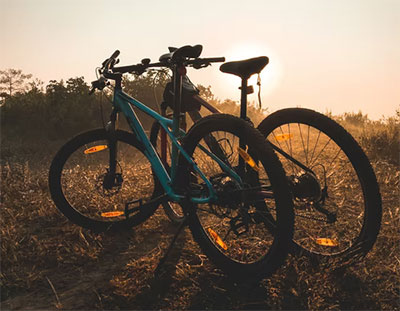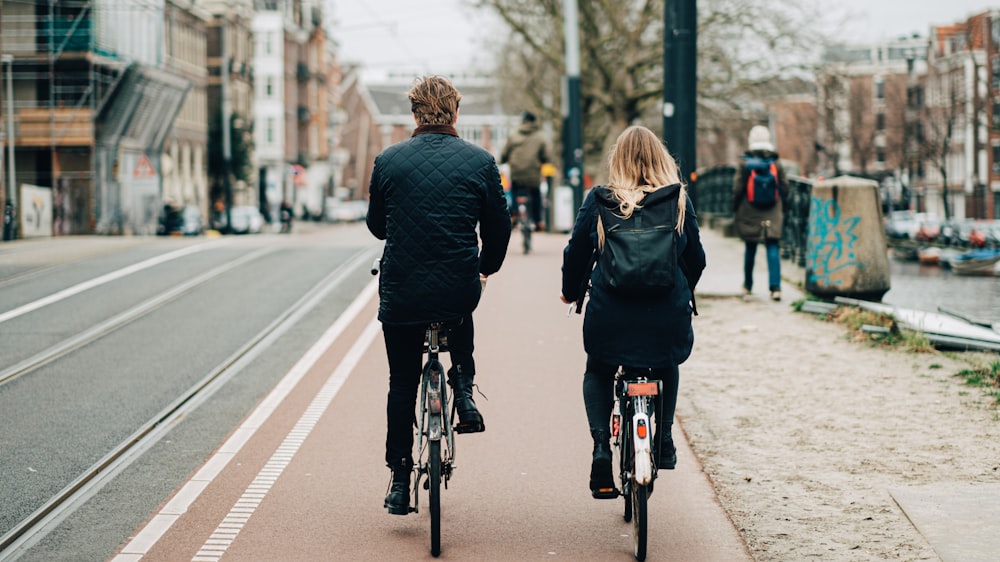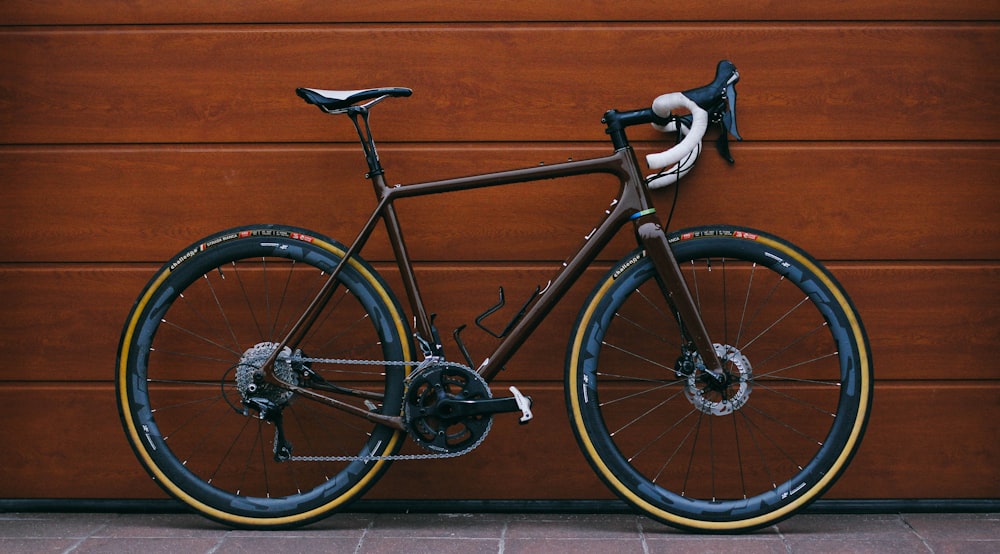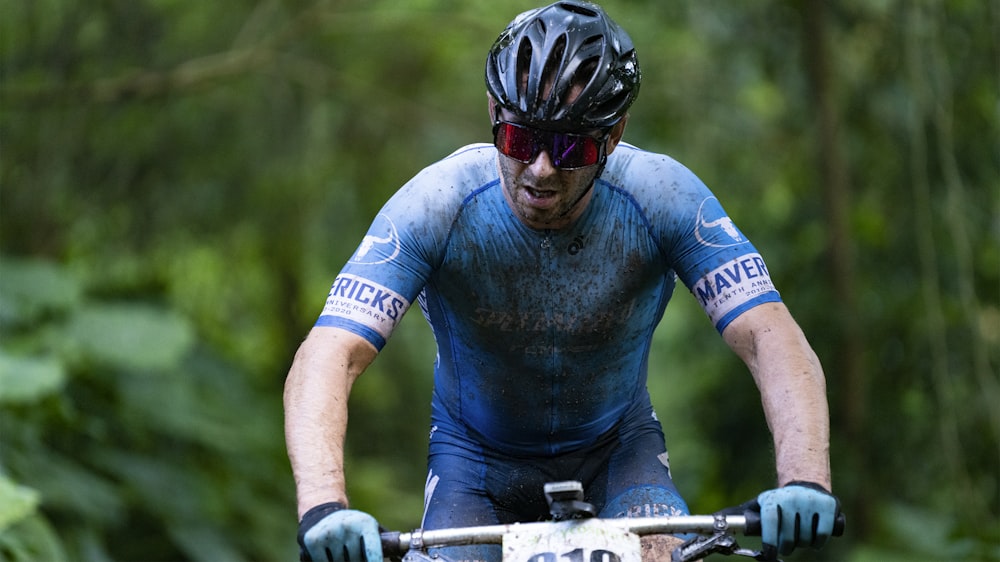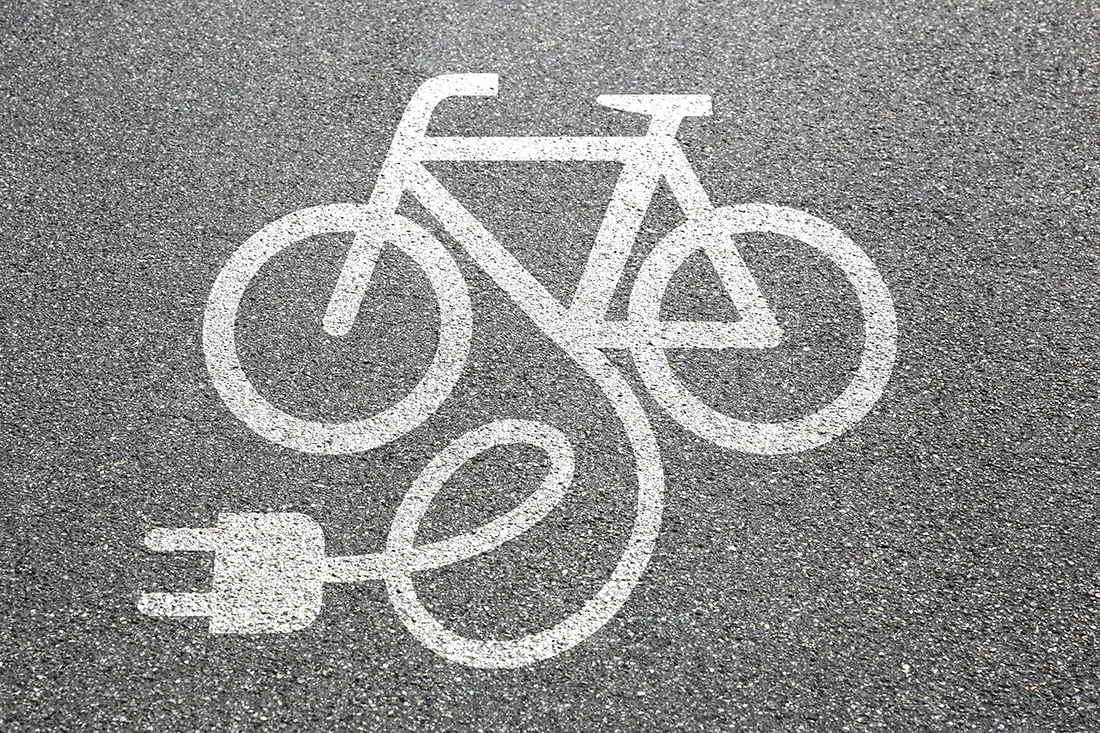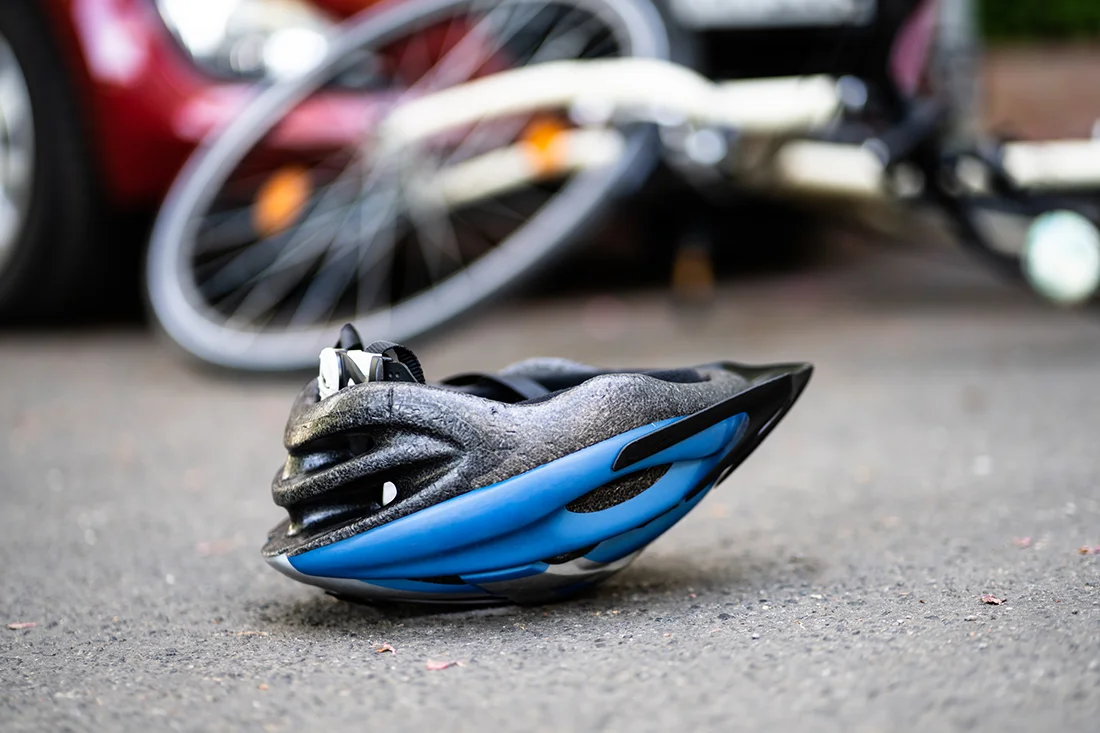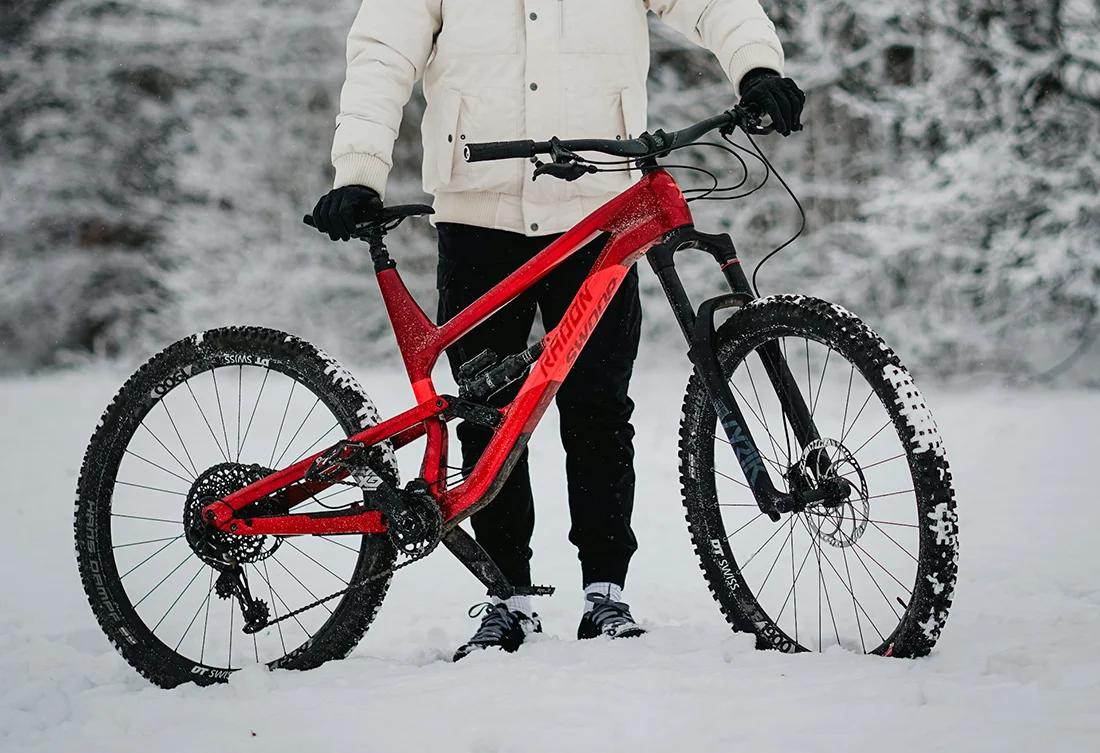Cycling can be daunting, not just for kids, teenagers, and young adults, but also for those in their 30s, 40s, and 50s. There are so many bikes to choose from, and so many places to start. What exactly do you need to ride – is it any more than just the bike?
Part of Cycling Advice
We’ll be answering that question and many more in this article. For example how to start cycling after the age of 40. Cycling doesn’t have to be scary, and it’s meant for everyone!
No matter where you live, what kind of roads you have, whether you live in a cold climate or a warm climate, cycling is for you.
The joy of riding a bike is one of the sweetest pleasures in life, and there are also a huge number of benefits including improved cardiovascular health, social connections, feelings of goals and purpose, and better mental health.
Before we start talking about bikes and what you need, let’s talk about what cycling is, and what you need to think about before getting started.
Contents
Cycling for Beginners
Before you find a bike to ride, you’ll want to think about your purpose for that bike.
Are you using it for commuting, or are you using it to spin around the neighborhood with the family? Are you going to be climbing mountain roads with this bike, or racing down muddy trails?
Answering these questions will help you learn what kind of bike you need before you start looking. Walking into a bike shop with no idea what kind of bike you need can be completely overwhelming. All you need to do is put a little thought into it and think about why you want to ride your bike.
As you learn how to start cycling, you’ll want to get acquainted with a nearby bike shop that can help you get started.
While not a requirement to start cycling, being connected with a local shop can have many benefits such as help with tune-ups, riding advice, safety equipment, and general bike guidance.
These shops will have sales reps and mechanics who can answer just about any question about cycling.
It is never a bad idea to do your own research when thinking about what kind of bike you need and what kind of cycling you’ll want to do.
There are many different types of bikes to choose from, and the list seems to grow every year. Here are some of the most popular types of bikes.
Benefits of Cycling
Ask a cyclist why they enjoy riding a bike, and you will get one of a million answers on why people love riding bikes. There are as many physical benefits as there are mental, and here we’ll list just a few.
Physical health benefits of cycling:
- Improved cardiovascular fitness
- Increased muscle strength
- Improved mobility and balance
- Decreased body fat levels
- Increased sexual performance
- Lowers risk of cardiovascular disease, cancer, obesity, diabetes, arthritis, and more
Mental health benefits of cycling:
- Decreased stress levels
- Reduces anxiety and depression
- Improved self-esteem
- Improves memory and creative thinking
- Increases endorphins
- Improved social connection
To get an even better idea of all the benefits, see our article on the benefits of cycling.
How to Start Cycling?
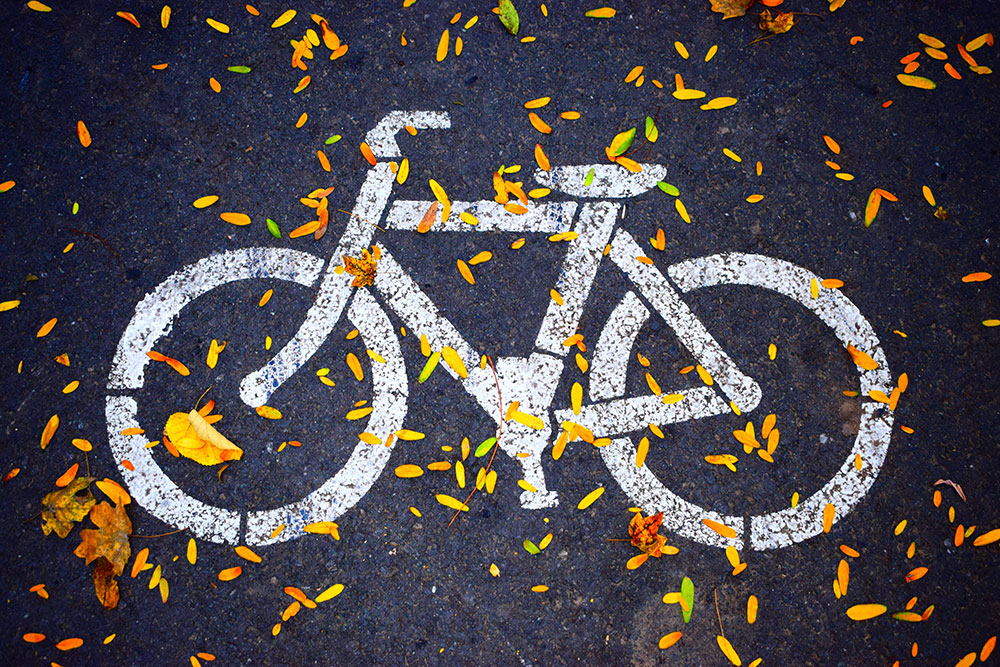
With those lists above, who wouldn’t want to start cycling?!
But forming a habit is either said than done, especially when that habit is exercise. Here are a few ways that you can incorporate cycling into your life, without feeling stressed or pressured to do so.
- Use cycling as a means of transportation – try riding to work, riding to the store, or riding to a friend or family member’s house. You’ll save money on gas, get outside, and enjoy some exercise all at the same time! And if you live in the city, it may actually be faster to cycle rather than drive, and you could cut your commute in half while also avoiding the stress of traffic.
- Find a local cycling club or riding buddy – social connection and cycling go hand-in-hand. Every ride, you’ll see another cyclist out on the road, and more likely than not, they’ll give you a friendly wave. Cyclists love cycling, and we love sharing that with the world. We all want to help each other too, to keep each other safe and motivated, and help us find help when we need it. A local cycling club will be able to help you with things such as mechanics, training, and clothing, while a ridding buddy will help you stay accountable and motivated.
- Make cycling comfortable – you want a bike, shoes, and clothing that are all comfortable to ride in. There’s nothing worse than being 20 minutes into a ride and having horrible saddle chafing, lower back pain, and a cramp in your neck. Cycling isn’t a natural position, but it can be quickly learned and made comfortable with a good saddle, comfortable shoes, and a professional bike fit. So let’s get you set up on your bike!
How to Get into Cycling?
The Importance of Choosing the Right Bike
When learning how to ride a bike, you’ll not only need the right bike, but you’ll want the right equipment too.
A road bike used for commuting is no good with narrow, lightweight racing tires, and a gravel bike with file treads (slick tires) will not be fun to handle on a bumpy bike-packing trip.
When shopping for a new bike, you’ll want to research its parts as much as you do its frame. Make sure you have the right tires to match your riding terrain and a saddle that is comfortable for you.
Related: Cycling Tips For Beginners
Cycling saddles are tricky, as there is no one-size-fits-all. But many local bike shops offer saddle trials – you can buy and try out the saddle for a month, and if you don’t like it, you can bring it back to the store for a full refund.
A comfortable saddle is a game-changer, so spend some extra time finding the perfect one for you.
A “basic bicycle” is probably a hybrid with flat handlebars, disc brakes, and 32mm wide semi-slick tires.
These bikes are best for all-around riding, can handle off-road terrain, and are very heavily puncture-resistant.
Road bikes can also be a great choice as a bicycle for beginners, it really just depends on where you’re riding and what the road conditions are.
If you value speed and performance, go with the road bike. But if you’re willing to sacrifice some weight and speed for a more comfortable and durable ride, a hybrid bike will be best for you.
Types of Bikes
Before actually riding a bike, there’s a crucial step – choosing the right kind of bike for your need. It can seem daunting at first, as there are so many options on the market. Here’s a small overview of the main types.
The following is just a small look at the different types of bikes, to get a better idea and see all the subcategories, see our article on all the bike types.
Road Bikes
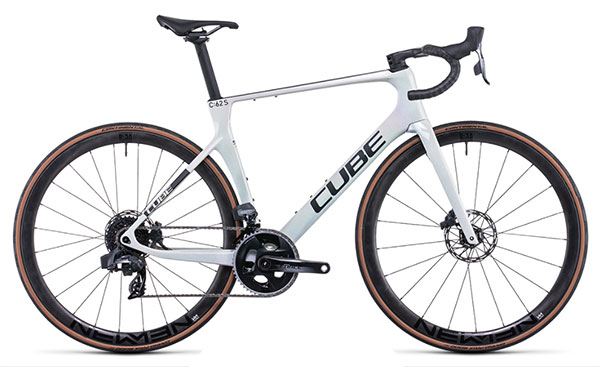
Road bikes are the most popular kind of bike in the world, and the ones that you’ll see on the television at the Tour de France.
These bikes have drop bars and hoods that allow you to have a few different aerodynamic positions, as well as a more upright position on the tops for climbing.
Road bikes are light and agile, quick in the corners, and featherweights on the climbs. Their handlebar style and overall geometry make them fast and aerodynamic; but that also means that you’ll be bent over further, which can strain on your lower back.
Gravel Bikes
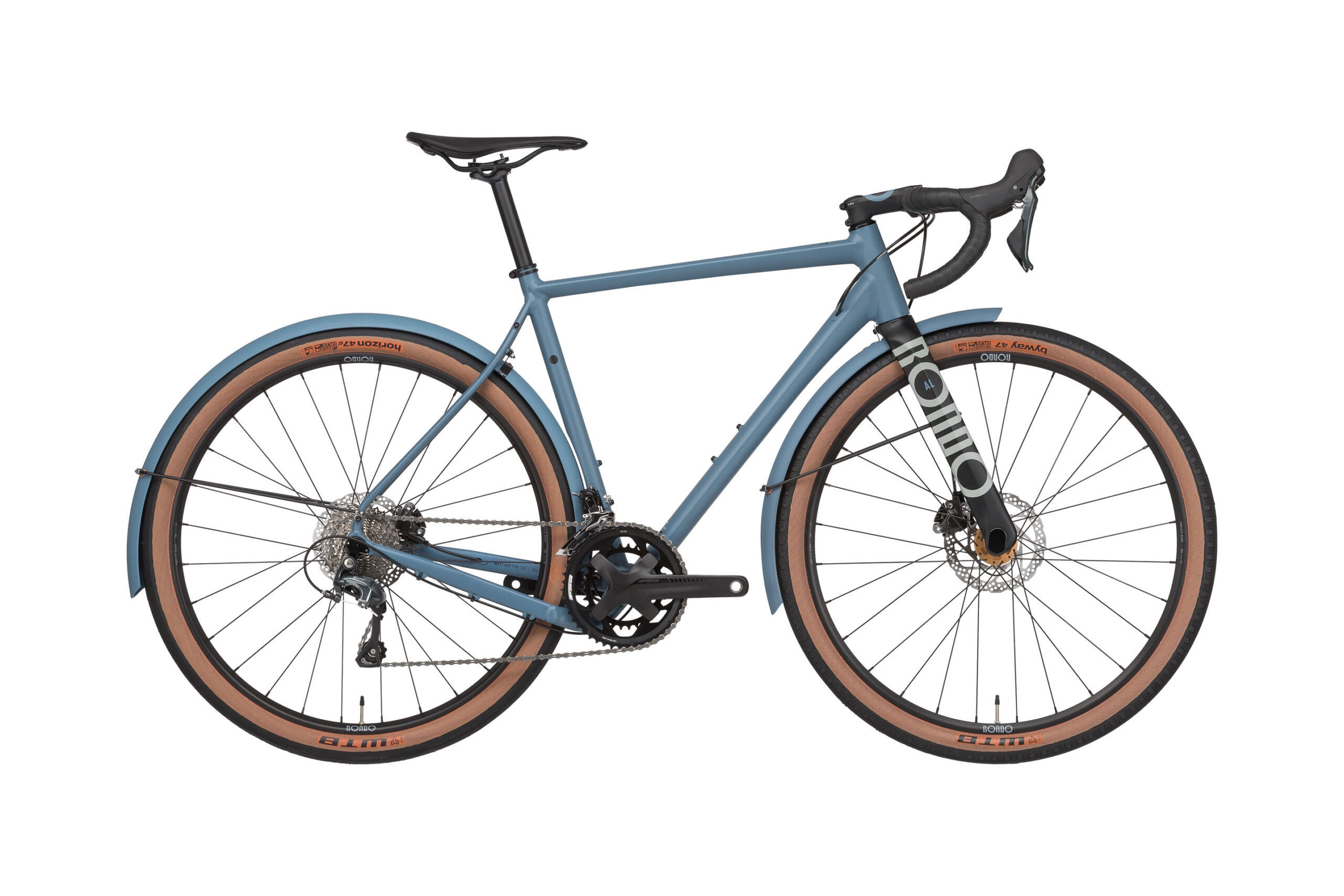
Gravel bikes are really similar to road bikes, except for some changes in geometry and riding position. The biggest change, however, is the ground that you can use them on – gravel bikes can be used both on roads and for offroad cycling (they perform a bit better on uneven ground).
Gravel bikes have been the new hot thing in the cycling world for some time, and they just keep getting more popular.
Mountain Bikes
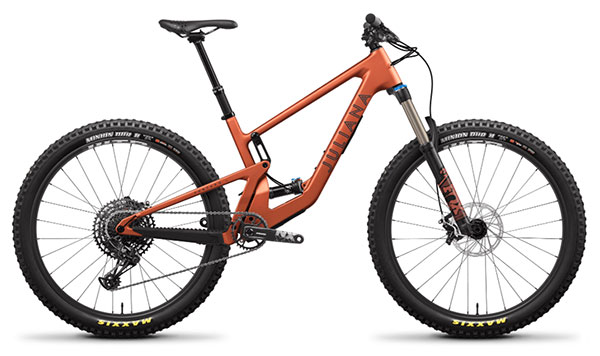
Next on that list is mountain bikes, the big, heavy bikes with thick tires that people ride on off-road trails. Mountain bikes fall into two categories: hardtail and full suspension.
The former has suspension in the front fork, while the latter has suspension both in the front fork and near the rear of the bike’s frame.
Hardtails are much more common, as they are lighter and faster than full suspension mountain bikes which are designed for gnarly mountain bike trails and the roughest terrain.
Hybrids
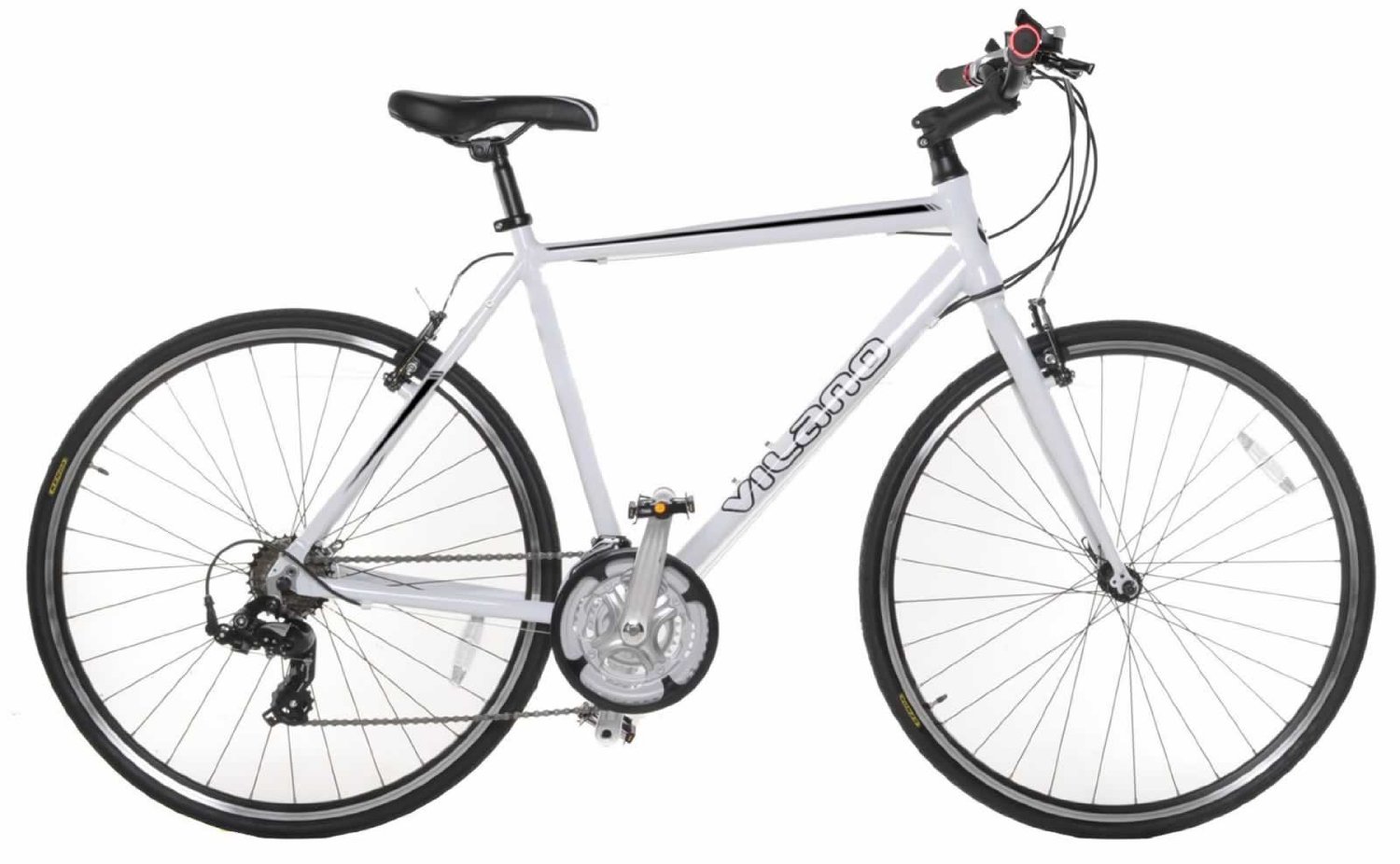
Hybrid bikes are a mix between road and mountain bikes, and borrow features from both types of frames.
Many hybrids have front fork suspension and flat bars like mountain bikes but have lighter frames and narrower tires like road bikes.
The riding position of hybrid bikes is generally upright, as hybrids are made for casual riding, commuting, and some very light off-road riding. In terms of all-around performance and capabilities, a hybrid bike is the first choice of many beginner cyclists.
Recumbent Bikes

There are also recumbent bikes that come in many different styles, and some that are designed like a chair with pedals out front. Recumbent bikes are extremely comfortable compared to other styles of bikes, and they are best for older riders and those with lower back pain or balance problems.
One of the main benefits of recumbent bikes is that they put less strain on the joints, neck, and back than upright bikes. That makes them a popular choice in gyms and home workout setups.
Cycling Gear
When you get into cycling, you’ll suddenly realize that there is so much more to it than the bike.
There are cycling shoes, water bottles, kits/clothing, gloves, helmets, lights, racks, and more. But when you’re just getting started, you don’t necessarily need any of this.
For short commutes and trips around town, you only need a helmet and flat pedals to get started with cycling. But if you’re riding through the city, frequenting busy roads or mountain bike trails, or trying to compete against friends on Strava or on a group ride, you’re going to need a few more pieces of equipment.
1. Helmet
As said before, a helmet is a must-have. We live in a world, where there are reckless drivers around us, and let’s be honest, accidents happen and you can’t always see them coming.
A helmet is probably the only piece of equipment that is heavily required for cycling (lights too, when you’re cycling in the dark). It might seem silly in the beginning, but soon enough it will become a habit to take it with you.
Related: Bike Statistics & Facts
2. Shoes
Cycling shoes are the first performance-enhancing piece of equipment that many people get. These clip-in shoes connect to the pedals, and allow you to both push and pull on the pedals with each pedal stroke.
This will help transfer more power into the pedals and help you go faster, while also improving comfort and control on the bike, especially in corners.
3. Clothes
Cycling kits come in all shapes and sizes, with some being loose-fitting and others being skintight. Racers will opt for the latter, as these kits and “skinsuits” are built for speed. Casual riders don’t necessarily need something that extreme.
Race kits are quite expensive – but a cycling-specific kit is a great investment. Cycling jerseys are light and tight so that they don’t flap in wind or slow you down. The most important part of a cycling kit is the chamois.
Related: Best Cycling Shorts and Bibs
The chamois is the pad inside cycling shorts that are designed to be used on top of a bike seat. Chamois make cycling more comfortable and can help you go from doing 30-minute rides to 3-hour rides.
Learn more: Guide to Choosing Cycling Clothes
4. Water
Water bottle cages don’t come on new bikes, but they’re relatively cheap and easy to set up.
If you’re ever going to be riding longer than 20 minutes, especially in the heat, you’re going to need water. Even if you have water in a backpack, it can be impossible to reach while riding.
But a water bottle cage sits right in the middle of the bike frame and can be easily accessed while riding. With a few tries to practice, you’ll be able to sip water while riding.
5. Maintenance kit
Having a flat kit is not always necessary for beginners who won’t yet know how to change a flat tire. But, this is an important skill to learn, especially as you start venturing out further and tackling some rougher roads.
Riding through the city can be just as risky because of glass and road debris, but with a good set of durable tires, you shouldn’t be getting a puncture more than once every couple of months.
Flat kits are usually stored in a saddlebag that kits just under the – you guessed it – saddle, and contain a couple of tire levers, a spare tube, and a CO2 cartridge. If you don’t have a CO2 cartridge, you’ll need a mini-bike pump to re-inflate your tire.
There are many riders who, understandably so, don’t ride with a flat kit. Doing so runs the risk of getting stranded out on the road and needing to call for a ride.
Safety
Wearing a helmet
Helmets are arguably the most important piece of cycling gear you’ll need, as a helmet can save your life in the event of a crash. Especially if you’re riding in a busy area, or starting to hit high speeds out on the road. A well-fitting helmet is one of the most important purchases you will make.
Related: Bicycle Helmets – FAQ, Laws, Stats & Facts
Using bike lights
Lights are crucial if you will be riding in the dark, but they are also important signals during the nighttime and daytime to cars coming up behind you. Bike lights are beneficial in more ways than one, and it is a good idea to invest in a good pair if you’re heading out on the open road.
Road rules
Bike riding for beginners – the rules of the road. When you’re first starting cycling, it is very important to learn the rules of the road for where you’ll be riding.
There are many different avenues for cyclists, including cycle paths, bike lanes, gravel trails, and more.
Before you get out on the open road, make sure you learn the various traffic signals for cyclists such as turn right/left, and coming to a stop. This will be important to communicate with cars since you won’t have turn signals or brake lights.
Awareness
On cycle paths, you want to be aware of your surroundings at all times, and take care when passing fellow cyclists, walkers, or runners.
Having a bell on your handlebars is a great way to alert others of your presence. In most countries and on most roads, cyclists follow all the same rules as cars.
Related: Best Bike Bells
That means stopping at a red stoplight, waiting for pedestrians in a crosswalk, and using signals to turn or change lanes. Practice looking over your shoulder so that you can spot cars and check behind you before making movements like these.
It’s easier said than done, and it will take a little bit of practice before you’re able to look over your shoulder while still riding in a straight line.
FAQ
What is a good distance for a beginner cyclist?
Any distance! Start with taking a trip around the block, then try 1 mile, and then 2 miles. Once you’re riding further than 10 miles in a single ride, you’re inching towards the ‘advanced cyclist’ category!
What is needed to start cycling?
All you need is a functioning bike! Everything else is optional, but we highly recommend having a helmet, lights, a water bottle cage, a saddlebag or flat kit, and shoes. You don’t necessarily need cycling shoes to start, but you definitely do not want to ride barefoot or in flip-flops.
Will I lose weight if I start cycling?
While we cannot guarantee weight loss, cycling is a great form of aerobic exercise that will stimulate your cardiovascular system and burn calories. If you stick to your normal diet and increase your cycling, you can definitely lose weight. But don’t forget to fuel up for those longer rides!
Is cycling better than running?
Cycling burns roughly the same number of calories per hour as running, while also being much easier on your joints. As a non-impact sport, cycling is often better for longevity and cardiovascular health, and you can start at any time regardless of your starting fitness level.
How can I be a stronger cyclist?
There are two main ways to get faster on a bike: ride more, and ride hard. You’ll want to have a structured training plan that includes rest periods to avoid overtraining, but the general principle to getting faster is to push yourself on the bike. Start by increasing your weekly cycling volume by 5-10% per week, or adding 1-2 days of high-intensity intervals into your weekly training schedule.
What are the disadvantages of cycling?
Cycling can be expensive, as you’ll need a bike just to get started. You’ll have to maintain your bike, wheels, and components with weekly or monthly maintenance, and it can be dangerous (or downright unpleasant) to ride in the cold, rain, or winter months. The unique cycling position can cause chronic knee or lower back pain; although a professional bike fit will help you avoid this problem, as will a recumbent bicycle.
Conclusion
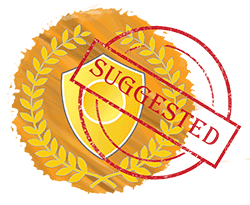 Getting started in cycling is not as scary as it seems. We have local bike shops and cycling clubs to help us out with equipment and beginner questions.
Getting started in cycling is not as scary as it seems. We have local bike shops and cycling clubs to help us out with equipment and beginner questions.
You can even do your own research when looking for a new bike. There are so many options to choose from that you will be able to find the perfect fit, and you can customize the equipment to fit your riding style and needs.
Whether you want a bike for commuting, racing, or general fitness, there is a bike out there for you.
You’ll only need a few pieces of equipment to start riding, and these will help you stay safe on the cycle paths, dirt trails, and city streets.
The list of benefits of cycling is nearly endless, you’ll be happier and healthier as soon as you start cycling!

